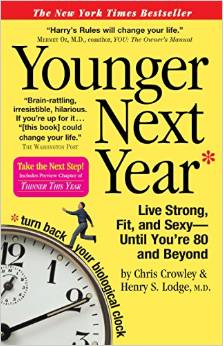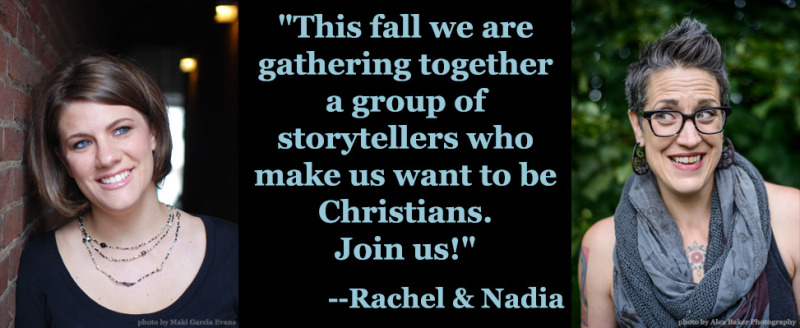Marcus Borg passed away this week. While I did not agree with everything he wrote, he was an influential scholar of the life of the historical Jesus. He challenged contemporary people to have what he called an "adult faith" He wanted us to make full use of the tools of modern scholarship, and still hold to an expansive faith. It was and is a delicate balance that requires a thoughtful and consistent exploration and re-exploration of what is essential for a believing person.
This article is reprinted from http://www.ministrymatters.com
 (RNS) Marcus J. Borg, a prominent liberal theologian and Bible scholar who for a generation helped shaped the intense debates about the historical Jesus and the veracity and meaning of the New Testament, died on Wednesday (Jan. 21). He was 72 and had been suffering from a prolonged illness, friends said.
(RNS) Marcus J. Borg, a prominent liberal theologian and Bible scholar who for a generation helped shaped the intense debates about the historical Jesus and the veracity and meaning of the New Testament, died on Wednesday (Jan. 21). He was 72 and had been suffering from a prolonged illness, friends said.
Borg emerged as a major voice in biblical studies in the 1980s just as academics and theologians were bringing new energy to the so-called “quest for the historical Jesus,” the centuries-old effort to disentangle fact from myth in the Gospels.
Alongside scholars such as John Dominic Crossan, Borg was a leader in the Jesus Seminar, which brought a skeptical eye to the Scriptures and in particular to supernatural claims about Jesus’ miracles and his resurrection from the dead.
Like many of those critical scholars, Borg tended to view Jesus as a Jewish prophet and teacher, like many figures who emerged from the religious ferment of first-century Judaism.
But while Borg questioned the Bible,, he never lost his passion for the spiritual life or his faith in God as “real and a mystery,” as he put it in his 2014 memoir, “Convictions: How I Learned What Matters Most,” the last of more than 20 books he wrote, many of which helped popularize scholarship about the historical Jesus among lay Christians.
“Imagine that Christianity is about loving God. Imagine that it’s not about the self and its concerns, about ‘what’s in it for me,’ whether that be a blessed afterlife or prosperity in this life,” Borg wrote.
Marcus Borg was the youngest of four children, born March 11, 1942 in North Dakota and raised in a traditional Lutheran family. He attended Concordia College in Minnesota where he majored in philosophy and political science.
He remained fascinated by the New Testament, however, and accepted a fellowship to do graduate work at Union Seminary in New York City, where he delved deeply into the Jewish background of the Gospels and Jesus of Nazareth and studied with some of the major liberal theologians teachings there. Borg then went on to further studies at Oxford and taught at various Midwest universities on his return to the U.S.
In 1979 he joined the faculty at Oregon State University and taught religion there until his retirement in 2007.
Borg’s 1987 book, “Jesus: A New Vision,” launched him to prominence. The book summarized and explained recent New Testament scholarship for a popular audience while presenting Jesus as a social and political prophet of his time and place who was driven by his relationship with God – a relational approach that Borg saw as more important than traditional Christian beliefs based on a literal reading of the Bible.
In subsequent books, three of them co-written with Crossan, Borg continued to press and expand on those ideas, becoming a hero to Christian progressives and a target for conservatives.
Borg himself loved to debate but was no polemicist, and over the years maintained strong friendships with those who disagreed with him, developing a reputation as a gracious and generous scholar in a field and a profession that are not always known for those qualities.
For example, Borg co-authored a 1999 book, “The Meaning of Jesus: Two Visions,” with N.T. Wright, an Anglican bible scholar who took a more orthodox view of the Gospels. But Wright also recommended many of Borg’s books and lectured alongside him on occasion.
“Spanning the study of Jesus and a wide variety of subjects, Marcus shaped the conversation about Jesus, the church, and Scripture in powerful ways over the space of four decades,” Frederick W. Schmidt, Jr., of Garrett-Evangelical Theological Seminary, wrote on his blog on hearing of Borg’s passing.
“I came to different conclusions about a number of issues, but Marc was always incisive, tenacious, thoughtful, and unfailingly gracious; and over the years he became a cherished friend,” Schmidt wrote.
The Rev. Barkley Thompson, an Episcopal priest and rector of Christ Church Cathedral in Houston, Texas, broke the news of Borg’s death in a blog post in which he spoke of how much he had learned from Borg and how close they remained even as Thompson’s beliefs became more traditional and veered away from Borg’s.
“I once introduced Marcus to a church audience by saying, ‘I agree with roughly 75 percent of what Marcus will say to you this evening,’” Thompson wrote in his tribute. “When he stepped into the pulpit, Marcus quipped, ‘I’m tempted to forego my notes and discuss with Barkley the other 25 percent!’”
During a question-and-answer period with parishioners at one event someone asked Borg, “But how do you know that you’re right?”
Borg paused and responded: “I don’t know. I don’t know that I’m right.”
Thompson said he had corresponded with Borg in late November and asked how he was doing.
“I may have ten years left,” Borg wrote back. “Not sure I want more. There comes a time to let go. And I could, with gratitude, sooner than that. My life has been very blessed.”
Funeral arrangements were not immediately available. While raised a Lutheran, Borg gravitated to the Episcopal Church, which was his home for much of his life. His wife, Marianne, is an Episcopal priest and canon at Trinity Episcopal Cathedral in Portland, Oregon, where Borg frequently lectured and was given the title of canon theologian.
With characteristic humor he said his wife informed him that “canon” means “big shot.”















 Is your audience boring?
Is your audience boring?


